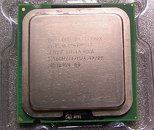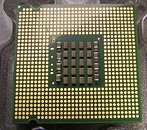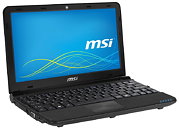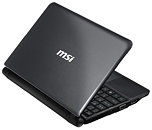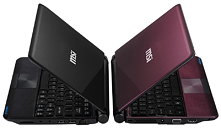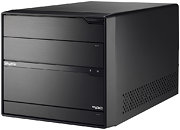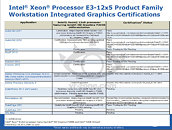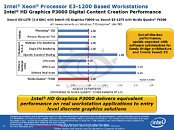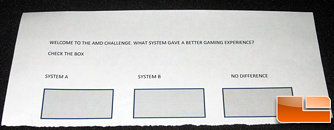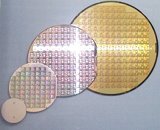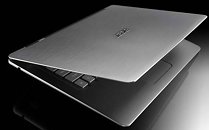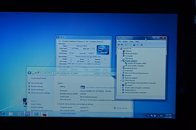
Intel Licensing Artimedia's Video Advertising Technology
Singapore-based company Artivision Technologies has announced that its wholly-owned subsidiary ArtiMedia Pte signed a Memorandum of Understanding (MOU) with chip titan Intel Corp. This MOU will allow Artimedia's front-end in-video advertising platform and back-end advertisement serving technology to be incorporated into Intel's Software Development Kit (SDK) that has Intel's "Wi-Fi Direct" technology (Wi-Fi Direct enables mobile and other devices to connect directly with each other and to transfer and share content like images, pictures and videos).
A definitive agreement between Intel and Artimedia is expected to be inked once "the first working SDK with Artimedia's front-end and back-end technology is deployed on a demo mobile device." The final agreement will cover the license fee per installation in each Intel platform, an equally-split revenue sharing model and a non-competition commitment. Moreover, Intel Capital will be given the first opportunity to invest in Artimedia.
A definitive agreement between Intel and Artimedia is expected to be inked once "the first working SDK with Artimedia's front-end and back-end technology is deployed on a demo mobile device." The final agreement will cover the license fee per installation in each Intel platform, an equally-split revenue sharing model and a non-competition commitment. Moreover, Intel Capital will be given the first opportunity to invest in Artimedia.
